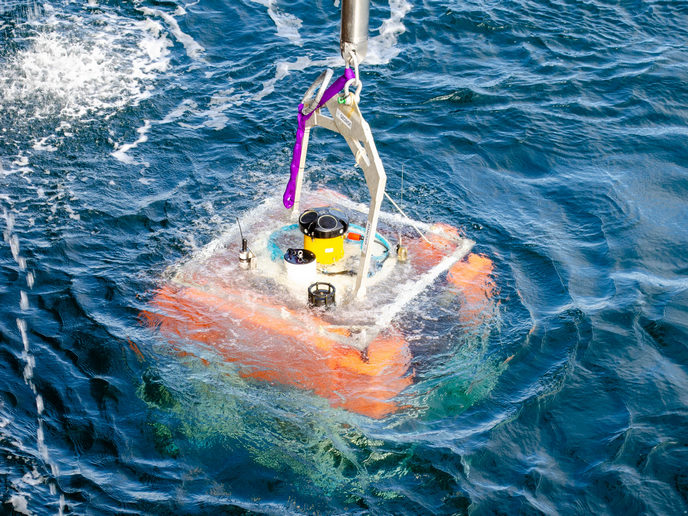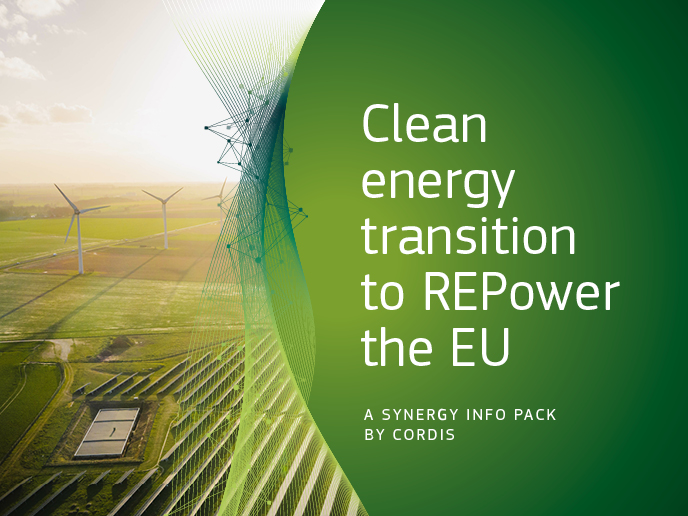Microwave soil irradiation for sustaining agriculture
The agricultural industry employs several methods to eradicate pests, pathogens, weeds and worms from soil. One of the most effective, low-cost and easy to use procedures is fumigation (applying a toxic vapour) using the fumigant methyl bromide. About 20 years ago, methyl bromide was identified as a major contributor to depletion of the ozone layer and the use of fumigants has now been prohibited in the EU. Recent work has turned to the use of microwave soil irradiation in the range of 950 MegaHertz (MHz) to 2,450 MHz. However, most microwave systems have fallen short in terms of energy efficiency. European researchers working on the 'Soil disinfestation microwave system as an alternative to methyl bromide' (MICRODIS) project sought to develop an efficient fumigation system using conventional farm machinery for soil removal and an enclosed cavity for fumigation, rendering the soil immediately available for cultivation. In addition to energy efficiency, specific goals of the project were reduction of cost, user-friendliness, environmental and worker safety, and eradicating harmful effects on nutrients and organic matter vital to crop growth. The MICRODIS team delivered a soil selection machine based on modifications to existing machinery as well as a soil deposition system for returning the treated soil to the farms or greenhouses. In addition, they produced a microwave fumigation system capable of treating 3 to 4 tonnes of soil per hour with 20 KiloWatts (kW) of energy – only about 5 times more than that required of an electric clothes dryer operating for the same amount of time. Commercialisation of the MICRODIS system should further the use of sustainable practices in agriculture, enhance competitiveness of the agricultural sector and protect consumer health and the environment.







